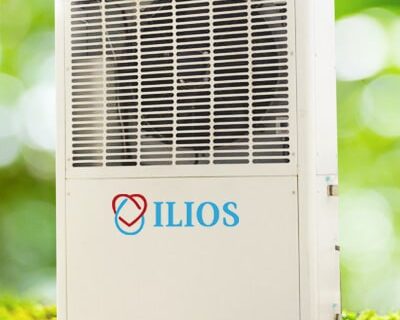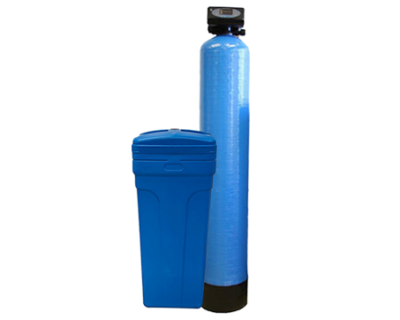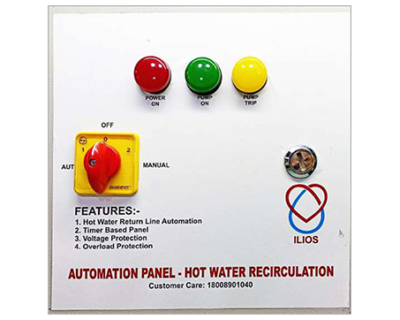
The Benefits of Using a Heat Pump for Building Efficiency
In today’s world, energy efficiency is a critical focus, especially for buildings that consume a large amount of energy. Heating and cooling are among the biggest expenses in maintaining a comfortable indoor environment. A solution that’s gaining popularity for its efficiency and sustainability is the heat pump for building systems. This technology is not only eco-friendly but also provides cost savings over time. In this blog, we’ll explore how heat pumps work, their benefits, and why they are a smart choice for your building.

What is a Heat Pump?
A heat pump for building applications is a system that transfers heat from one place to another. Instead of generating heat by burning fuel like traditional heating systems, a heat pump moves existing heat. During colder months, it extracts heat from the outside air, ground, or water sources and pumps it into the building. In warmer months, it reverses the process, taking heat from inside the building and releasing it outside to cool the space.
This process is not only efficient but also much more environmentally friendly than traditional heating systems, which rely on fossil fuels.
Types of Heat Pumps for Buildings
There are different types of heat pumps available, each suited to specific needs and environmental conditions:
Air Source Heat Pumps
The most common type of heat pump for building systems is the air-source heat pump.
It captures heat from the outdoor air and moves it inside. Even when the air outside feels cold, there is still enough heat energy that can be harnessed by the pump. This type is easier to install and is often more affordable upfront.
Ground Source Heat Pumps (Geothermal)
Ground source heat pumps, often called geothermal heat pumps, harness heat directly from the earth. The earth maintains a relatively constant temperature year-round, making this a highly efficient option. Although more expensive to install due to the need for underground piping, these systems offer substantial energy savings in the long run.
Water Source Heat Pumps
These pumps transfer heat from water bodies like lakes or ponds. They are extremely efficient but depend on having access to an appropriate water supply. This type of heat pump for building applications is less common, but where applicable, it can offer significant energy efficiency.
How Does a Heat Pump Work?
At its core, a heat pump for building systems works similarly to a refrigerator. A refrigerator removes heat from inside the appliance and expels it outside to keep the interior cool. A heat pump operates on the same principle, but it can reverse the process to either heat or cool a building.
Heating Mode: During the winter, the heat pump absorbs heat from the outdoor air (even if it’s cold) and transfers it into the building.
Cooling Mode: During the summer, the process is reversed, where the pump pulls heat from the indoor environment and releases it outside.
The key to the efficiency of a heat pump for building systems is that it uses less energy to transfer heat rather than generating it from scratch.
Advantages of Installing a Heat Pump in Your Building
Using a heat pump for building systems offers several advantages that can improve comfort, lower energy costs, and reduce environmental impact:
- Energy Efficiency
Heat pumps are incredibly energy-efficient because they move heat rather than create it. In fact, a heat pump can deliver up to three times more heat energy than the electricity it consumes. This efficiency makes them one of the most cost-effective heating and cooling solutions available.
- Reduced Energy Bills
Since heat pumps use less electricity compared to conventional heating systems, you’ll see a reduction in your monthly energy bills. While the initial installation cost may be higher than a traditional furnace or air conditioning system, the long-term savings make it a worthwhile investment.
- Environmentally Friendly
A heat pump for building applications can significantly reduce your carbon footprint. Since they don’t rely on burning fossil fuels, they emit fewer greenhouse gases compared to traditional systems like gas or oil furnaces. For those looking to make their building more eco-friendly, a heat pump is a great step in that direction.
- Dual Functionality: Heating and Cooling
One of the standout features of heat pumps is their ability to both heat and cool a space. This means you don’t need separate systems for heating in the winter and cooling in the summer, saving you money and space.
- Long Lifespan
A well-maintained heat pump for building systems can last up to 20 years or more, which is longer than most conventional heating systems. This durability reduces the need for frequent replacements and repairs, offering peace of mind.
- Quiet Operation
Unlike traditional HVAC systems that can be quite noisy, heat pumps operate quietly. This is particularly beneficial in residential buildings, hotels, or office spaces where noise can be a disturbance.
Conclusion
A heat pump for building applications is an excellent investment for anyone looking to improve energy efficiency, reduce operating costs, and minimize environmental impact. Whether for residential, commercial, or industrial buildings, heat pumps provide both heating and cooling in one efficient system. While the upfront cost may be higher than traditional HVAC systems, the long-term savings in energy bills and the reduced environmental impact make them a smart choice for the future.




